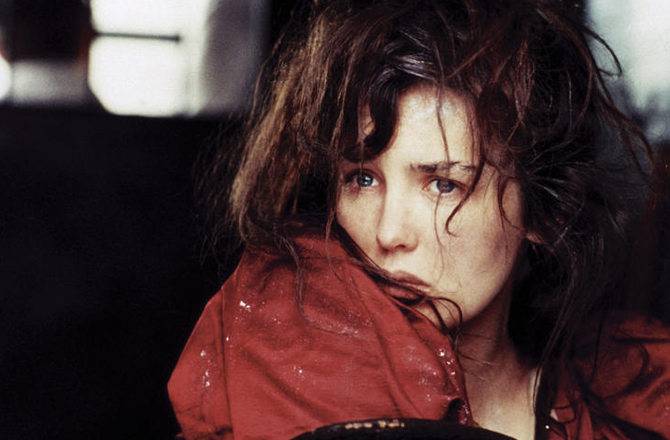But what is it, to be an artist? Nothing shows up the general human dislike of thinking, and man’s innate craving to be comfortable, better than his attitude to this question. When these worthy people are affected by a work of art, they say humbly that that sort of thing is a ‘gift’. And because in their innocence they assume that beautiful and uplifting results must have beautiful and uplifting causes, they never dream that the ‘gift’ in question is a very dubious affair and rests upon extremely sinister foundations. Everybody knows that artists are ‘sensitive’ and easily wounded; just as everybody knows that ordinary people, with a normal bump of self-confidence are not.
It is against all sense to love life and yet bend all the powers you have to draw it over to your own side, to the side of finesse and melancholy and the whole sickly aristocracy of letters. The kingdom of art increases and that of health and innocence declines on this earth. What there is left of it ought to be carefully preserved; one ought not to tempt people to read poetry who would much rather read books about the instantaneous photography of horses.
Thomas Mann, Tonio Kröger
Loneliness negates so much of life that the spirit’s blooming in vital dislocations becomes almost insufferable. Isn’t it significant that those who have too much spirit, who know the deep wound inflicted on life at the birth of the spirit, are the ones who rise against it? Healthy, fat people, without the least intuition of what spirit is, who have never suffered the tortures of life and the painful antinomies at the base of existence, are the ones who rise up in defence of the spirit. Those who truly know it either tolerate it with pride or regard it as a calamity. Nobody can really be pleased at the bottom of his heart with spirit, an acquisition so damaging to life. How can one be pleased with life without its charm, naiveté, and spontaneity? The presence of the spirit indicates a want of life, great loneliness, and long suffering. Who dares talk of salvation through the spirit? It is by no means true that life on the immanent plane creates an anxiety from which man escapes through the spirit. On the contrary, it is much more true that through spirit man achieves disequilibrium, anxiety as well as grandeur. What do you expect those who don’t know the dangers of life to know of the dangers of the spirit? To argue the case for spirit is a sign of great ignorance, just as to make a case for life is a sign of great disequilibrium. For the normal man, life is an undisputed reality; only the sick man is delighted by life and praises it so that he won’t collapse. And what about the man who cannot praise either life or the spirit?
Emile Cioran, On the Heights of Despair






